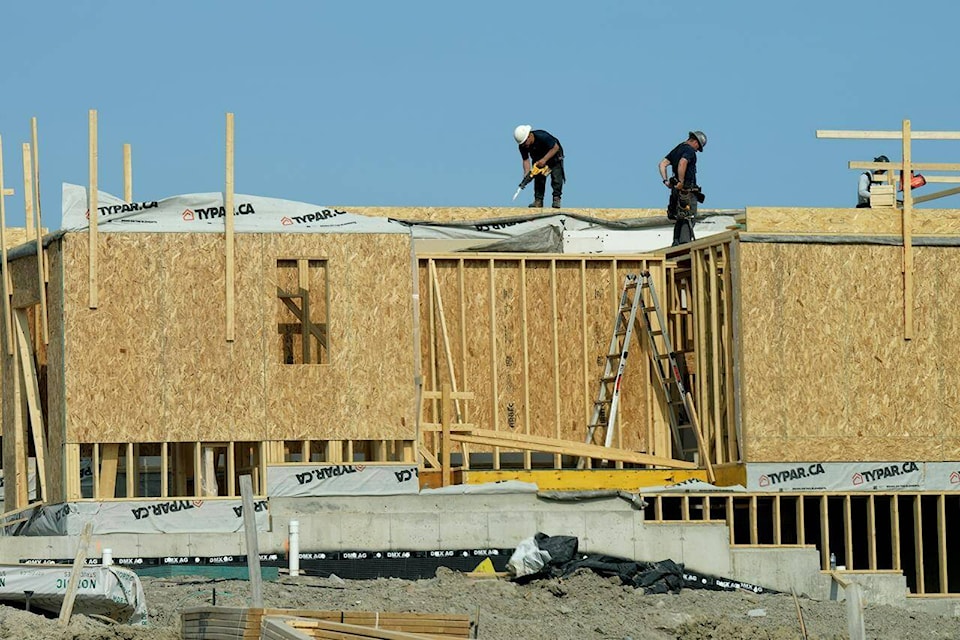Jobs Minister Brenda Bailey says B.C.’s economy remains strong following the release of new figures showing unemployment rose by 0.6 per cent to 5.6 per cent in June to reach its peak for the year.
“With global inflation and labour shortages, we recognize this is a challenging time for many, but our economy remains strong,” Bailey said in a statement released Friday morning. “B.C.’s GDP growth of 13.7 per cent since 2017 is the highest in Canada among large provinces, and our unemployment rate remains low at 5.6 per cent, one of the lowest unemployment rates among provinces.”
She made those comments Friday (July 7) after the release from new job figures by Statistics Canada.
The new figures place B.C.’s unemployment rate above Canada’s rate of 5.4 per cent and mean that unemployment has reached its highest level so far in 2023.
Overall, unemployment has been trending upward during the first half of year. While the unemployment rate stood at 4.1 per cent in the final month of 2022, it has been on the rise in every month of 2023 except March, while remaining in a corridor between 4.4 per cent in January and 5.6 per cent in June.
The number of full-time jobs rose by 3,700, but the number of part-time jobs dropped by 6,300, for a net loss of 2,600.
Looking closer, the construction sector, a key driver of the provincial economy during the past years, continues to shed jobs. Employment in that sector dropped by almost 7,000 workers in June, reflecting declining construction activity across the province in the face of higher interest rates designed to curb inflation following COVID-19 and Russia’s invasion of Ukraine.
Core inflation for May 2023 was 3.7 per cent, but experts are predicting another rate hike by the Bank of Canada, following Friday’s job report. Higher interest rates raise the cost of construction.
Employment also dropped by 2,700 in B.C.’s wholesale and retail trade sector, likely reflecting tighter purse strings among consumers in the face of declining but still high inflation.
RELATED: Canadian consumers pull back on spending amid high prices, interest rates: Experts
On the other end of the spectrum, the large health care and social assistance sector gained workers with employment rising by 8,200. British Columbia also added manufacturing jobs with employment in that (relatively small) sector growing by 5,500.
Of note is the high level of unemployment among younger people in the province. For men aged 15 to 24, the unemployment rate is 11.1, so almost double the overall provincial rate. Unemployment for women aged 15 to 24 is also in double-digits at 10.1. Unemployment, meanwhile, among men and women aged 25 to 54 is below five per cent at 4.4 per cent and 4.8 per cent respectively. It is the lowest among men aged 55 and older at 4.1 per cent, while women aged 55 and older face an unemployment rate of 6.3 per cent.
Young people, in other words, appear to find it more difficult to enter the workforce despite reports of job shortages, suggesting a mismatch of skills for the available jobs.
The provincial government earlier this year announced measures that promise workers to improve their skills within short order and Bailey used her assessment of the job figures to highlight steps that promise to recognize foreign credentials faster.
“This is good news for employers in B.C. as we continue to focus new ways to grow our skilled labour force,” she said.
@wolfgangdepner
wolfgang.depner@blackpress.ca
Like us on Facebook and follow us on Twitter.
